Top 10 Signs Snakes Are in Your Yard—And How to Get Rid of Them
Experts share the most common clues that you have slithery intruders, plus the best ways to safely shoo them away.
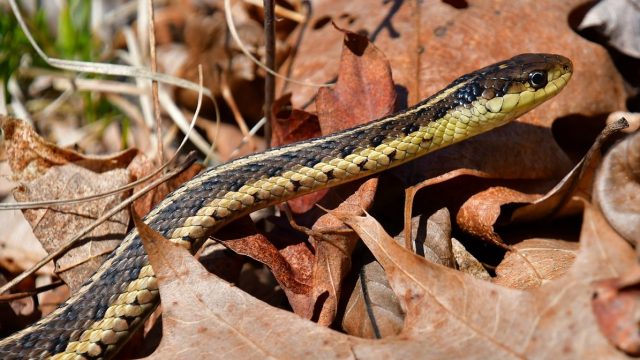
As temperatures climb, snake sightings are on the rise across the U.S.—and they may be closer than you think. From hidden corners of your backyard to the space under your deck, these slithery creatures are seeking cool, shaded shelter and a steady food supply. According to the CDC, about 7,000 to 8,000 Americans are bitten by venomous snakes each year. Luckily, most bites are non-fatal, but the Mayo Clinic urges that all bites, even from non-venomous snakes, should be treated as an emergency.
So, whether you’re tending to your garden, relaxing on your porch, or letting pets roam freely, it’s worth learning the subtle clues that a snake may be hiding in or passing through your yard. Here, experts share the top signs that snakes are in your yard and what to do if you come across one.
RELATED: If You Smell This at Home, You May Have a Venomous Snake
1
You find snake skins
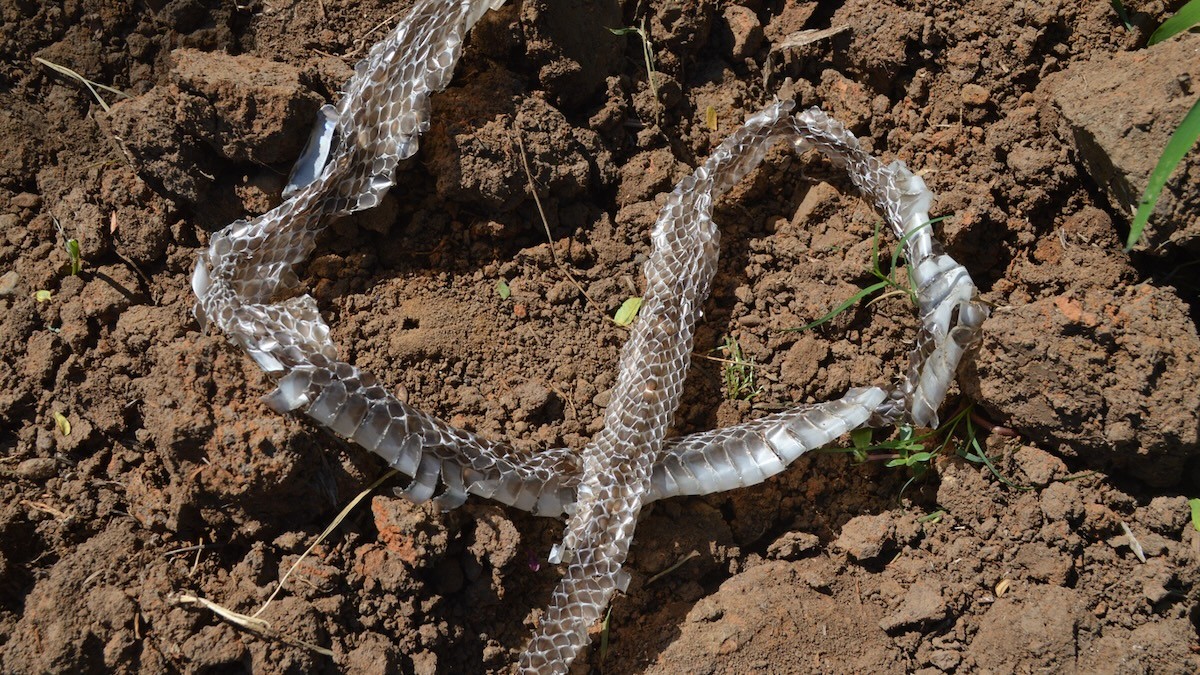
One of the most commonly cited ways to tell if a snake has been on your property is to find its translucent skin.
“They shed their skin as they grow, so finding old skin around is a good sign that they’re currently living in your yard,” explains Toby Cahoon of B&T Pest Control.
“Snakes shed their skin about once every two months,” adds Burns Blackwell, owner of Terminix Triad in North Carolina. “Most often, they will rub against trees and shrubs to help remove [it].”
The size and shape of the skin can provide insight into the species of snake. Look for snakeskins under rocks or woodpiles or by the edge of the garden.
2
You see snake trails

When snakes slither around in dirt or debris, they’ll leave a trail that’s a series of wide, wavy lines, notes Tom Su, gardening and landscaping expert at Lawn Edging.
The pattern and width can also suggest how fast they were moving and what size they are.
RELATED: 9 Ways to Snake-Proof Your Yard, According to Experts
3
There are holes in the dirt
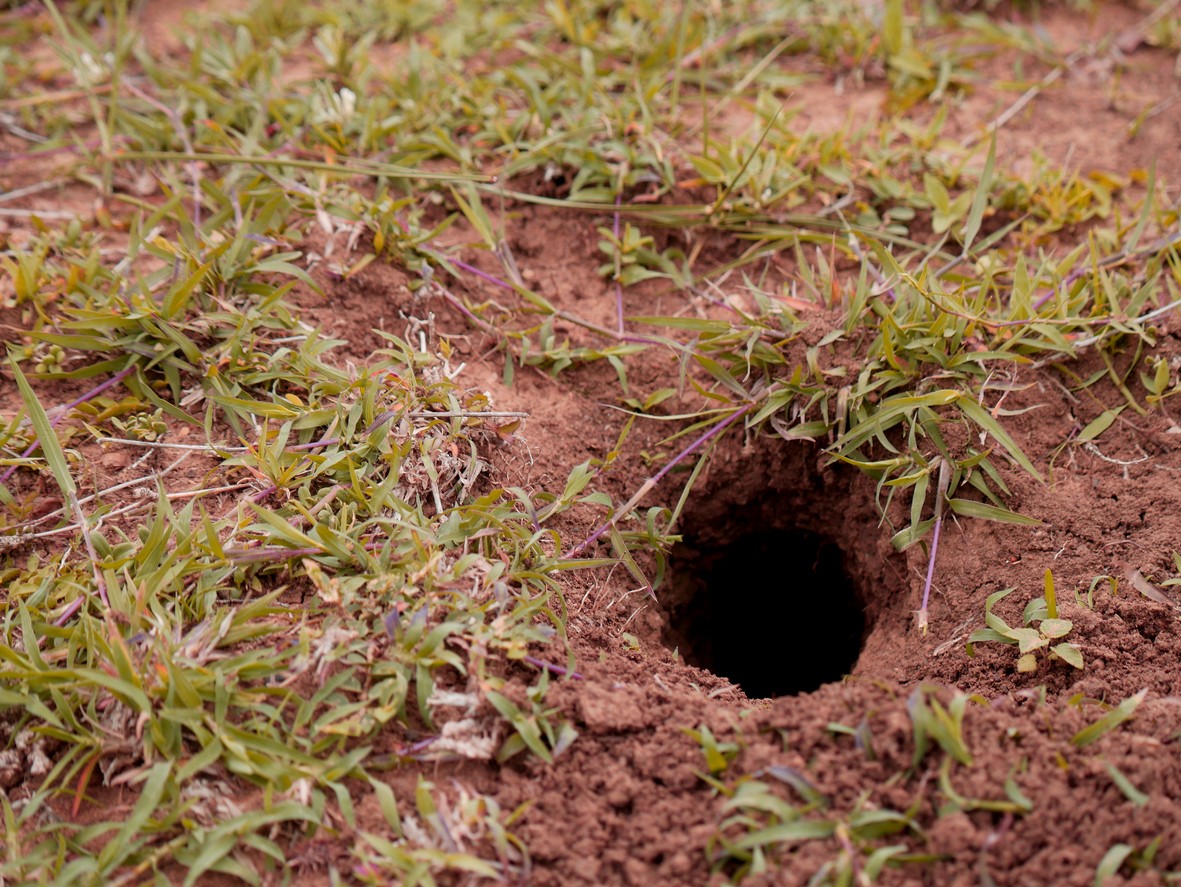
A common misconception is that noticing small holes in the dirt can be a sign that snakes have moved in—especially if you happen to see one slithering its way inside. But, according to experts, they’re not the ones responsible for digging up your lawn.
“Snakes generally can’t make their own nests because they don’t have paws and they don’t have the mental capacity to create nests,” explains Blackwell. “But, they will take over old rodent nests as well as use underground burrows and holes.”
“Snake holes are hard to identify because they often use leftover mole or vole holes, so you should look for snakeskin in and around these holes to identify that it’s home to a snake and not a mole,” he adds.
Snakes can also squeeze into small spaces, so the holes tend to be discreet. Check for gaps in rocks, cracks in foundation, or leftover rodent burrows, Su advises.
4
You find snake droppings
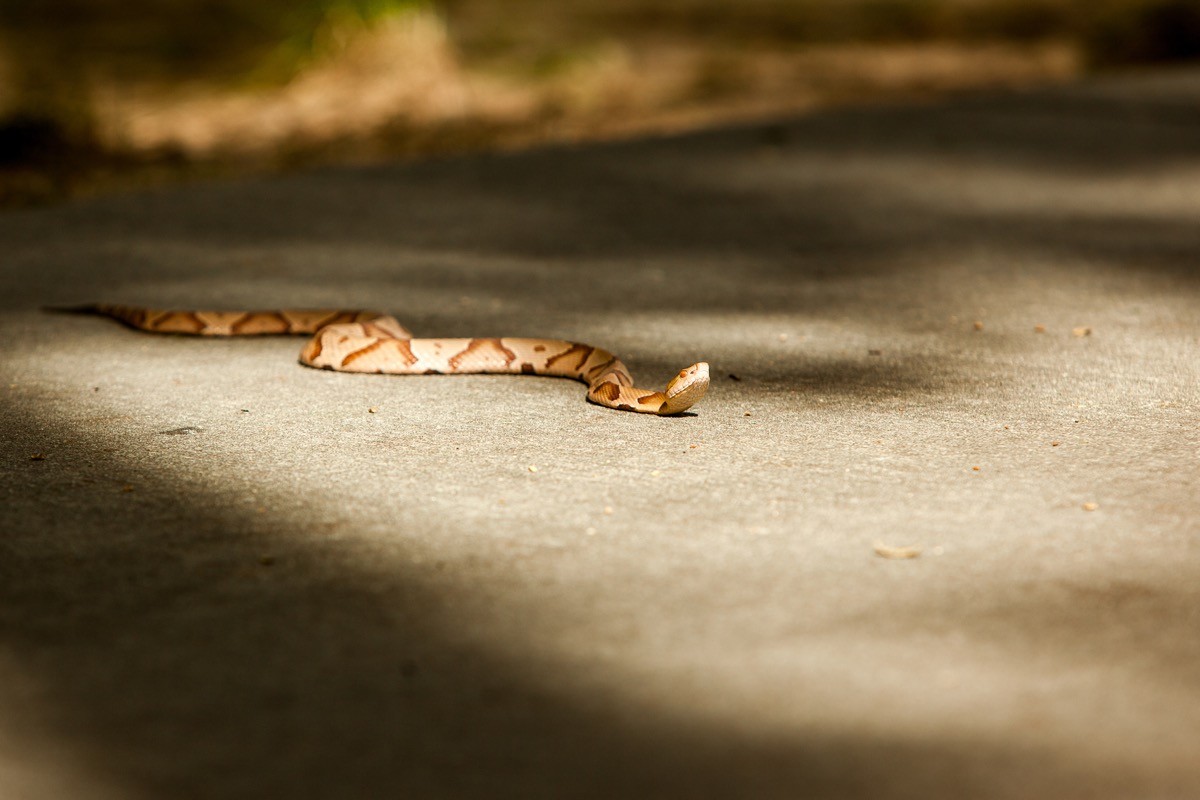
Looking for snake droppings may present a challenge since they are similar to those of other animals. But, according to experts at Terminix, they typically look like “thick, pasty, dark-brown smears” with a chalky white tip at one end.
Su says what’s inside the droppings is also a giveaway. “If you’re seeing droppings that contain hair, nails, or tiny bone fragments, it’s likely from a snake’s recent meal. Snakes consume their prey whole, so these indigestible bits pass right through.”
RELATED: 10 Things in Your Yard That Are Attracting Snakes to Your Home
5
You hear hissing, rattling, or faint rustling
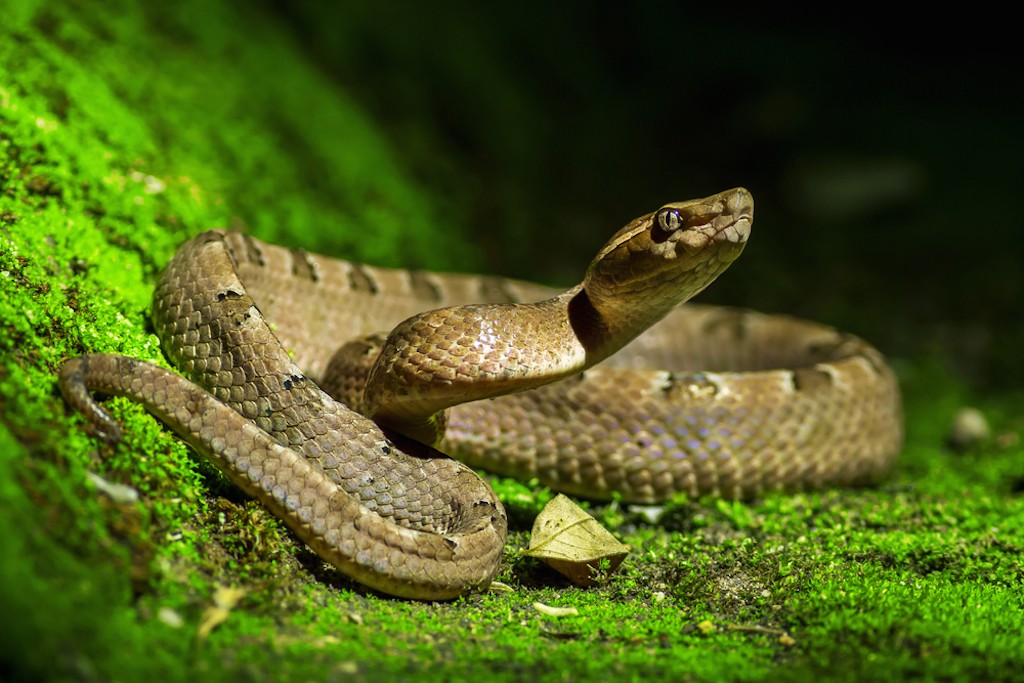
If you hear some subtle yet strange noises in your yard, it could signal that a snake is present.
According to Pest Pointers, hissing is one of the most common sounds snakes make. Snakes do this to intimidate potential intruders or predators.
Depending on the type of snake, they can also rattle their tails, whistle, or create a popping noise to defend themselves.
Other sounds to keep an ear out for? Faint rustling in mulch, tall grasses, or bushes—especially during warmer months—could mean a snake is slithering through.
6
You find snake eggs
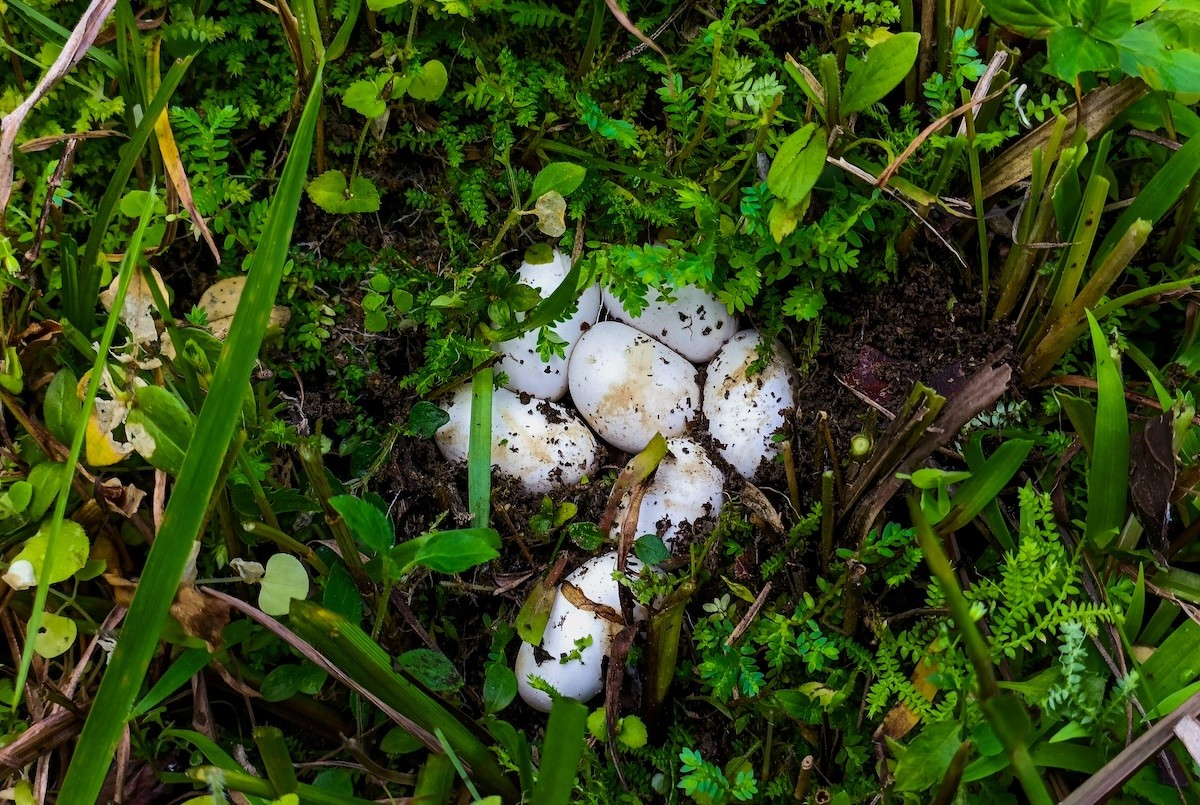
Some snakes lay eggs in compost, mulch, or soil, experts say.
If you find leathery, elongated eggs in clutches, it’s worth calling a pest expert—especially in regions with venomous species.
7
You notice there’s a sudden lack of rodents
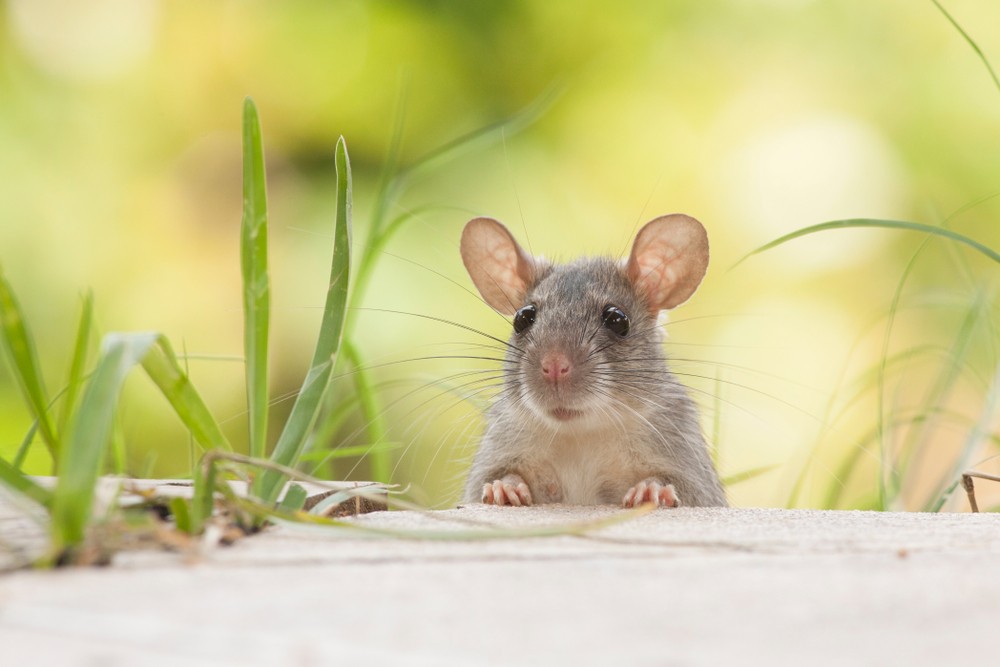
Snakes feast on rodents: mice, rats, and other small mammals. “Snakes eat where they live,” Thomas Ward, a biologist with Critter Control, says.
If you’ve seen rodents in your vicinity, only to have a sudden and notable absence, that could be a clue there’s a snake living on your property.
“Any time I’ve had a snake problem, it’s been after a period of seeing zero rodents for a while,” shares Rick Berres, the owner of Minnesota-based home renovation company Honey-Doers. “There are usually some signs, but it’s always after a sudden disappearance.”
RELATED: 8 Easy Tricks to Stop Rodents From Eating Your Plants
8
You smell cucumbers
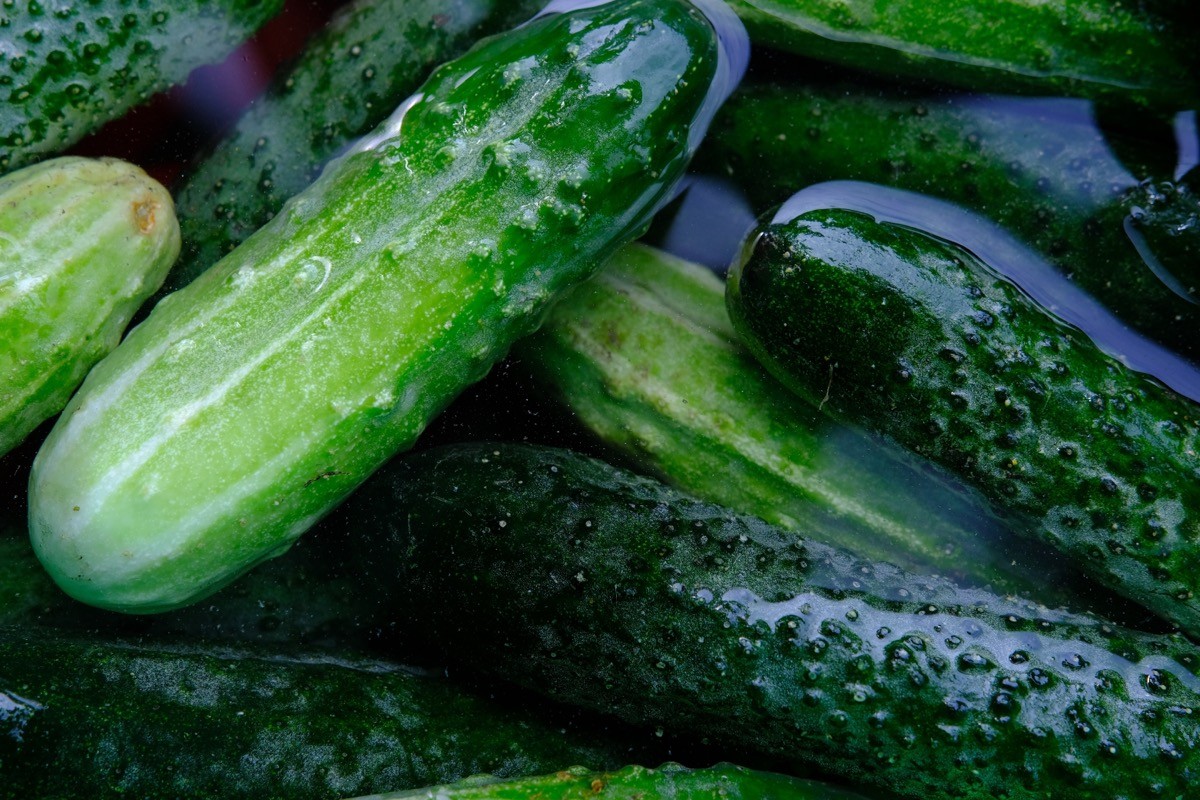
Weird as it may be, experts say that certain snakes—particularly rattlesnakes and copperheads—can give off a musky smell that may remind you of cucumbers.
The Missouri Department of Conservation (MDC) says that the odor is produced by glands at the base of their tail and can also be mixed with feces. “To some individuals, this musk may smell somewhat like cucumbers,” they note.
However, snakes typically only emit this smell as a warning sign if they’re frightened. So, you may not smell anything when you’re roaming around your yard, but that doesn’t necessarily mean snakes aren’t hanging out with you.
9
Your pet is acting strange

If your dog, cat, or other pet is sniffing around your yard more than usual, it could mean that they’re smelling an intruder, experts say.
What’s more, if they start barking, growling, or pawing at certain areas, like a pile of wood, rocks, brush, or thick groundcover (snakes’ favorite hiding spots), it could mean they’ve picked up on a snake’s scent or movement.
RELATED: 9 Things Attracting Snakes to Your Basement
10
You see one
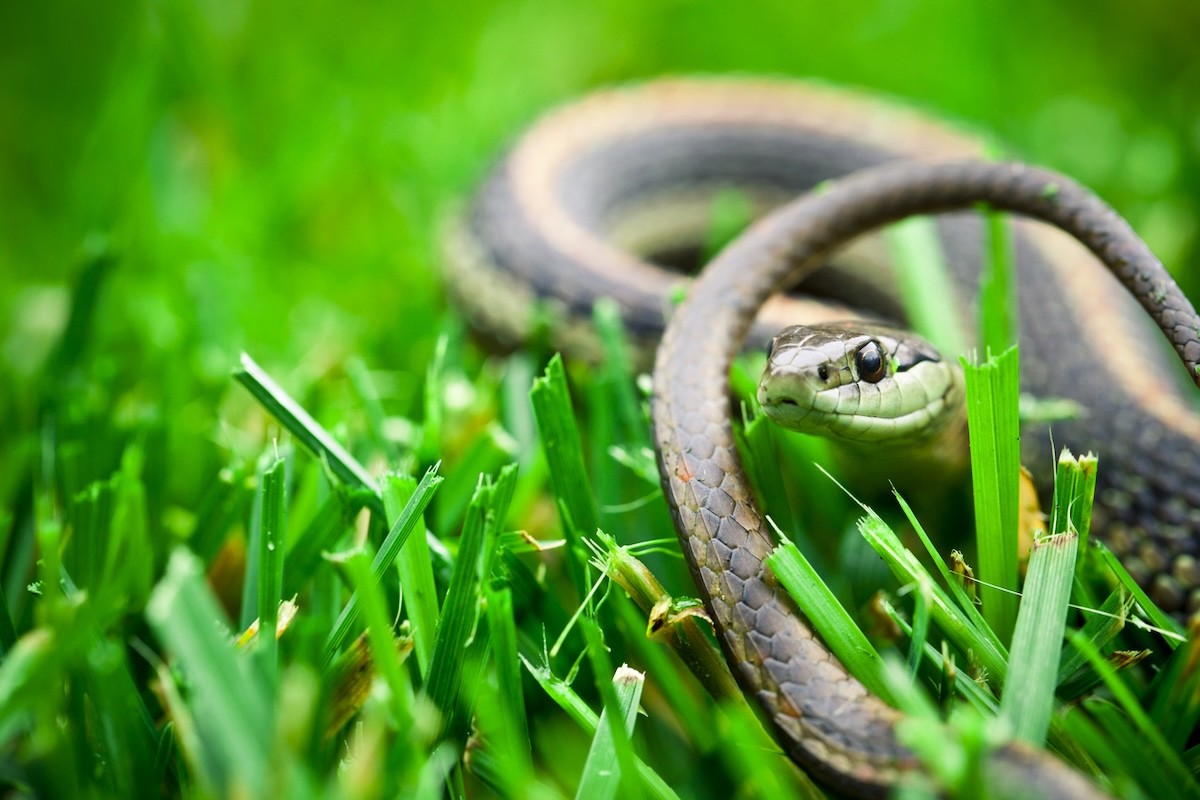
The #1 sign there are snakes in your yard? You see one!
If this happens to you, the most important thing is to stay calm and keep your distance, experts say. Don’t try to approach, touch, or kill it—even if it appears to be dead.
Most snakes are not aggressive and will leave on their own if left alone. That said, you should keep kids and pets inside, and if it’s safe, take a photo from a distance to help with ID’ing the snake later.
Next, immediately call local animal control, a wildlife expert, or a pest control company that deals with snakes to come out and help you. You can then use the photo you took to do an image search to find out what kind of snake you were dealing with.
Follow these easy steps to prevent snakes from coming back
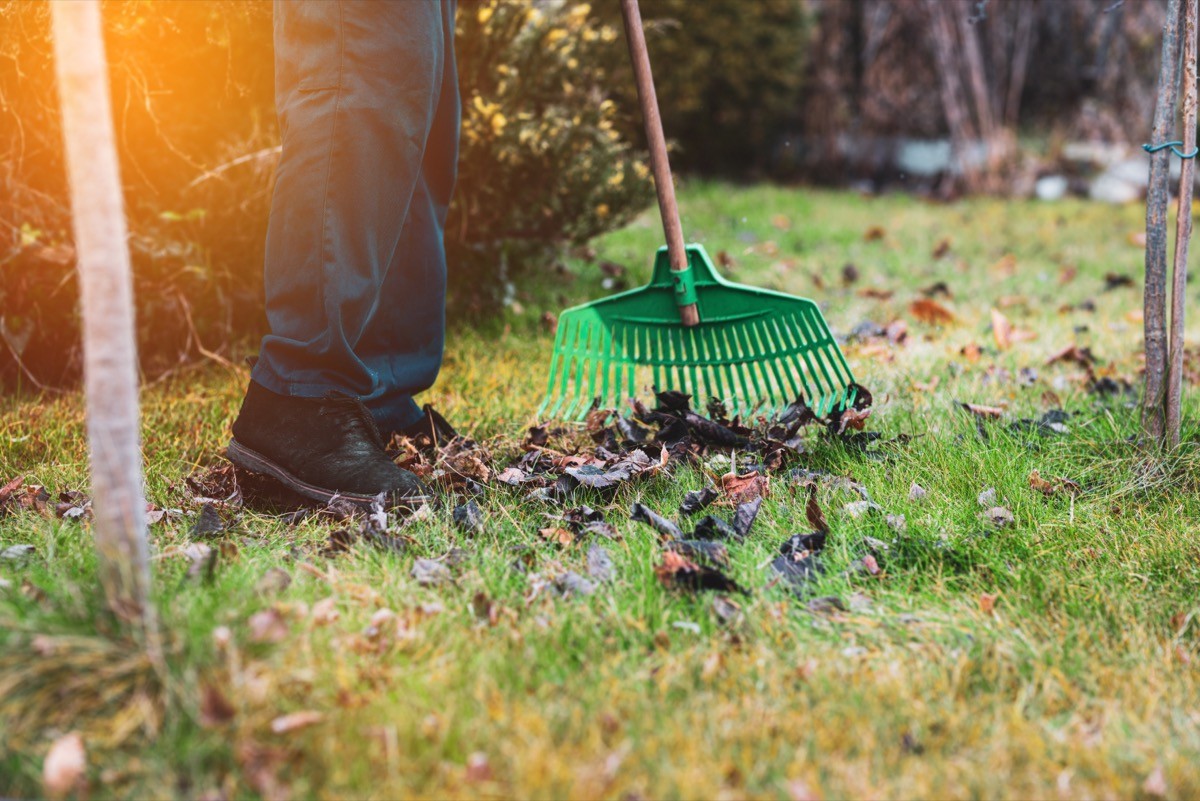
Daniel Schoenecker, wildlife control specialist at Clark’s Termite & Pest Control, says the first and probably most important way to keep snakes out of your yard is to identify and clear out any sources of food. Snakes love to snack on rodents, birds, frogs, and insects like grasshoppers or slugs.
So, make sure to keep your lawn mowed, control insect populations, and use humane traps to reduce rodents.
Schoenecker also recommends removing anything that can provide a habitat for snakes, such as log piles, large rocks, or overgrown vegetation, and sealing up any open holes in siding or underneath your porch.
Investing in snake-repellent plants like marigolds and lemongrass can also help ward off slithery foes.
Finally, if you do become aware of a snake problem in your yard, it’s always advisable to call a professional.





















